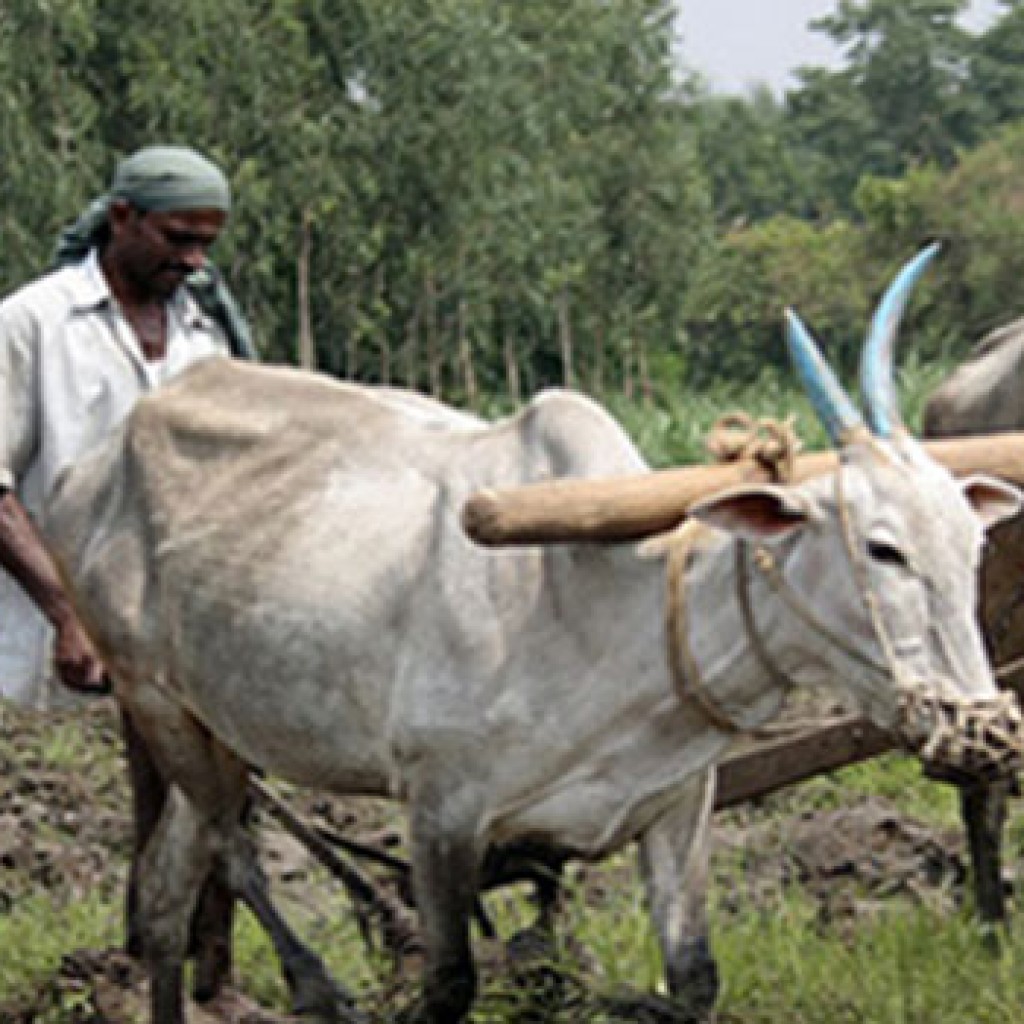77% of Maharashtra’s cropped area vulnerable to Climate Change

Pune, August 6, 2021: As the farmers from Maharashtra have been worst hit by the recent floods and extreme weather events, a latest study highlights how such climate change impacts might get worse from here on.
Of the 36 districts in Maharashtra, 11 districts were found highly vulnerable to extreme weather events, droughts and dwindling water security and accounts for almost 40% of the cropped area across Central Maharashtra. In the same way, 37% of the state’s agricultural area spread over 14 districts were moderately vulnerable, which takes the tally to three-fourths of Maharashtra’s cropped regions as high to moderate vulnerable to the prevailing climate crisis.
A research study – ‘Socio-economic vulnerability to climate change – Index development and mapping for districts in Maharashtra’, revealed that extreme climate conditions highly affects the livelihoods and agrarian economy of Maharashtra.
The study conducted by Chaitanya Adhav at Indian Council of Agricultural Research (ICAR)-National Dairy Research Institute (NDRI), Karnal, Haryana, under the guidance of Dr R Sendhil from ICAR-Indian Institute of Wheat and Barley Research, revealed that Nandurbar was the most vulnerable district to cyclones, floods, droughts, changing rainfall patterns and extreme temperatures affecting its crop production. Other highly vulnerable 10 districts include Buldhana, Beed, Jalna, Aurangabad, Hingoli, Parbhani, Nanded, Akola, Amravati, Washim,” said Chaitanya Adhav..
The study also lists down 14 districts as moderately vulnerable, which includes Dhule, Jalgaon, Ratnagiri, Sindhudurg, Sangli, Solapur, Osmanabad, Latur, Yavatmal, Wardha, Chandrapur, Bhandara, Gondia and Gadchiroli.
The dominant crops from these districts that will bear the brunt of the climate suggest that farming of jowar, rice, wheat, sugarcane, cotton, ragi, cashew nut, barley, millets could get adversely affected more in future.
Explaining it further Adhav said their findings showed that most of the highly vulnerable districts fell under the Central Maharashtra Plateau Zone, which makes up to 22.22 percent share of total cropped area in Maharashtra. The Central Vidarbha Zone has an additional share of 6.78 percent area as highly vulnerable.
The authors explained that to quantify the climate change induced risk, the socio-economic vulnerability index (SEVI) was calculated using the Intergovernmental Panel on Climate Change (IPCC) approach considering key climatic parameters such as exposure, sensitivity and adaptive capacity of districts to climate vulnerability.
The data was collected on 44 indicators related with climatic as well as socio-economic variables which were identified based on experts’ opinion. The author mentioned that the study did not include Mumbai City and Suburban districts from the analysis. According to the India’s Livelihoods Report 2019, farming is the prime livelihood source for 51 percent of Maharashtra’s population.
“Mapping of districts shows that there is an instant need for focused policy efforts to address the socio-economic vulnerability in Central Maharashtra Plateau Zone, Scarcity Zone (Dhule, Part of Nandurbar and Aurangabad), and Eastern Vidarbha Zone,” Adhav said.
As per the study, field demonstration to farmers, information dissemination through early warning systems was a must- as a strategy to address these climate impacts that needs to be initiated at the village level.
“Additionally, the policy-making process should include inputs from as many stakeholders as possible before implementation. Ultimately, the outcome of micro-level adaptation strategies should get reflected at the state level,” the authors said.
Nine districts including Palghar, Thane, Raigad, Nashik, Satara, Kolhapur, Ahmednagar, Nagpur and Pune were found to be least vulnerable to climate agricultural distress.





